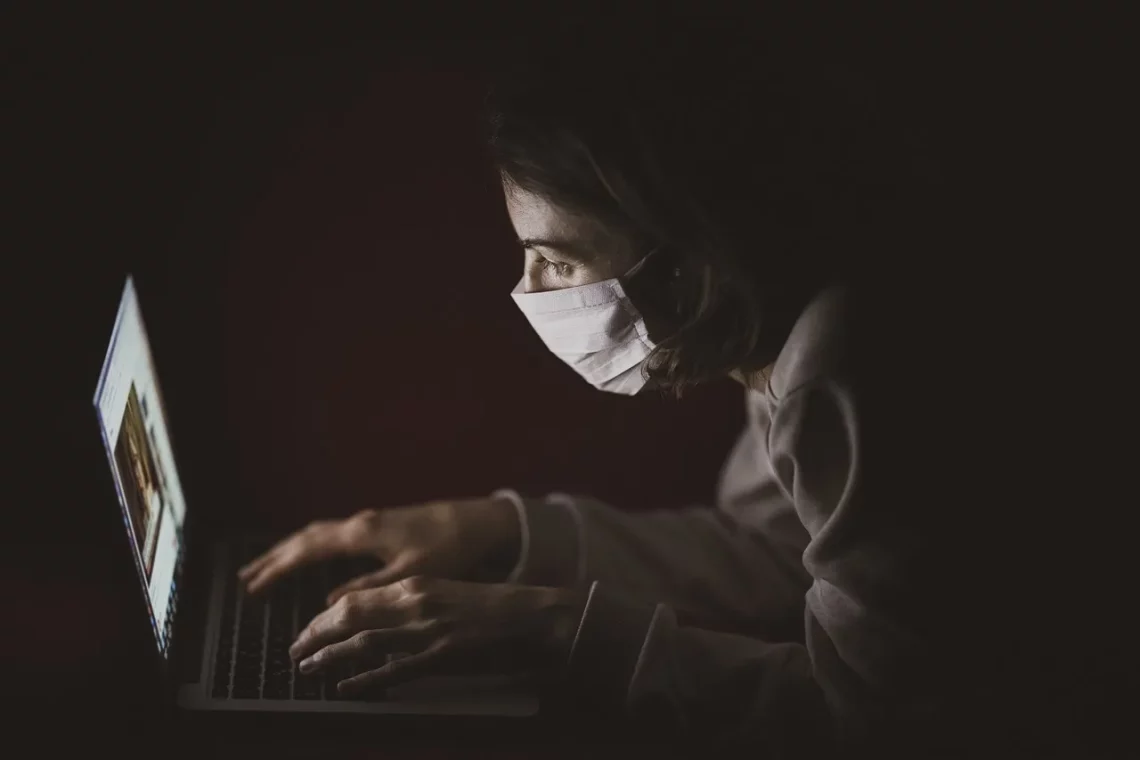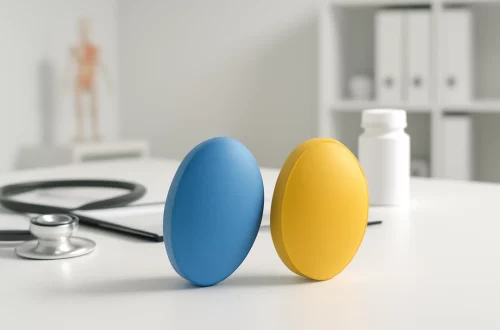
Can a UTI Cause Itching? Understanding the Connection and Symptoms
Urinary tract infections (UTIs) are a common health concern affecting millions of individuals globally. These infections can occur in various parts of the urinary system, which includes the kidneys, bladder, ureters, and urethra. While the primary symptoms of a UTI often include painful urination, frequent urges to urinate, and lower abdominal discomfort, many people also experience additional symptoms. One such symptom that often raises questions is itching, particularly in the genital area.
Itching can significantly impact a person’s quality of life, leading to discomfort and distress. Understanding the relationship between UTIs and itching is essential in identifying the underlying causes and seeking appropriate treatment. It’s crucial to note that while itching may be associated with a UTI, it can also result from a variety of other conditions, such as yeast infections, sexually transmitted infections, or even skin irritations. This complexity makes it essential for individuals experiencing these symptoms to be informed and proactive about their health. In the following sections, we will delve deeper into the connection between UTIs and itching, exploring potential causes, symptoms, and treatment options.
Understanding Urinary Tract Infections
Urinary tract infections occur when harmful bacteria enter the urinary system, leading to inflammation and infection. The anatomy of the urinary tract plays a significant role in how these infections develop. The bladder, which stores urine, can become a breeding ground for bacteria, particularly when urine is retained for prolonged periods. Women are more prone to UTIs than men due to their shorter urethra, which allows bacteria easier access to the bladder.
The symptoms of a UTI typically manifest as a result of the body’s inflammatory response to the infection. Common symptoms include a strong, persistent urge to urinate, a burning sensation during urination, cloudy or strong-smelling urine, and pelvic pain. However, itching can also occur, particularly if the infection spreads or irritates surrounding tissues.
Itching associated with a UTI can stem from several factors. For one, the inflammatory response can lead to irritation in the genital area, causing an uncomfortable sensation. Additionally, the presence of bacteria in the urinary tract can disrupt the normal flora of the vagina, potentially leading to secondary infections such as yeast infections, which are notorious for causing itching.
Another factor is the use of certain medications, such as antibiotics, which are commonly prescribed to treat UTIs. While antibiotics are effective in eliminating the bacteria causing the infection, they can also disrupt the balance of healthy bacteria in the body. This disruption may lead to overgrowth of yeast, resulting in itching and discomfort.
In summary, understanding UTIs involves recognizing the symptoms and potential complications associated with these infections. Itching is a symptom that can arise due to various factors related to the infection itself or as a consequence of treatment. Awareness of these connections is crucial for effective management and treatment.
Symptoms of a UTI and Their Implications
The symptoms of a urinary tract infection can vary from person to person, but they typically share common characteristics. Aside from the aforementioned burning sensation during urination and the frequent urge to urinate, individuals may also experience lower back pain, fatigue, and fever.
Itching, while not the most common symptom, can be particularly distressing for those affected. When it occurs, it is often localized in the genital area, leading to discomfort and, in some cases, embarrassment. The presence of itching can complicate the situation, as it may lead individuals to self-diagnose or misinterpret their symptoms.
In some instances, individuals may mistakenly attribute itching to a UTI when it could be a sign of an entirely different condition. For instance, yeast infections are prevalent among women and can present with similar symptoms, including itching and discomfort. These infections can occur simultaneously with UTIs or may develop as a result of antibiotic treatment for the UTI.
Moreover, sexually transmitted infections (STIs) can also cause itching and may be overlooked when a person is focused solely on UTI symptoms. STIs often come with their own set of symptoms, such as unusual discharge, pain during intercourse, or sores. Therefore, understanding the full scope of symptoms is vital for accurate diagnosis and treatment.
If itching persists or worsens, it is imperative to seek medical advice. A healthcare professional can perform the necessary tests to determine the underlying cause of the symptoms and recommend appropriate treatment options. Ignoring persistent symptoms can lead to complications and prolonged discomfort.
Potential Causes of Itching During a UTI
The link between urinary tract infections and itching is multifaceted. One of the primary causes is the irritation of the urethra and surrounding tissues due to the infection itself. As bacteria multiply, inflammation can result, leading to discomfort and itching.
Another significant factor is the role of antibiotics in treating UTIs. While these medications are essential for eradicating harmful bacteria, they can also disrupt the balance of microorganisms in the body. This disruption can lead to an overgrowth of yeast, particularly in women, causing symptoms such as itching and irritation.
Additionally, personal hygiene products can sometimes exacerbate itching during a UTI. Soaps, lotions, and feminine hygiene sprays may contain irritants that can worsen symptoms. It is advisable to use mild, unscented products during this time to minimize irritation.
Dehydration can also contribute to urinary tract infections and the associated symptoms. When the body is not well-hydrated, urine can become concentrated, leading to increased irritation of the bladder and urethra. Drinking plenty of water not only helps flush out bacteria but also can alleviate some symptoms.
Lastly, underlying medical conditions such as diabetes or autoimmune diseases can influence the frequency and severity of UTIs, as well as the associated symptoms. Individuals with compromised immune systems may find it more challenging to fend off infections, leading to recurrent UTIs and the potential for persistent itching.
In conclusion, the causes of itching during a UTI are diverse and interconnected. Recognizing these factors can aid individuals in understanding their symptoms and seeking timely treatment. It is crucial to consult with a healthcare provider for persistent issues, as they can provide personalized recommendations based on individual health needs.
Treatment Options for UTIs and Associated Symptoms
When it comes to treating urinary tract infections and alleviating associated symptoms like itching, a multifaceted approach is often necessary. The primary treatment for a UTI typically involves antibiotics, which target the bacteria causing the infection. It is crucial to complete the full course of antibiotics as prescribed, even if symptoms improve before finishing the medication.
In cases where itching is persistent or severe, additional treatments may be warranted. Antihistamines or topical creams may provide temporary relief from itching, though it is essential to consult with a healthcare professional before using any medication. They can recommend the most appropriate options based on individual circumstances.
Maintaining good personal hygiene is also vital in managing symptoms. Gentle cleansing of the genital area with mild soap and water can help reduce irritation. Wearing breathable, cotton underwear can also minimize moisture and friction, which may contribute to discomfort.
Staying hydrated is another critical aspect of managing UTIs and associated symptoms. Drinking plenty of water helps flush bacteria from the urinary tract and can dilute urine, reducing irritation in the bladder and urethra.
In addition to these measures, lifestyle changes can also play a role in preventing future UTIs and managing symptoms. For instance, avoiding irritants such as douches, scented soaps, and bubble baths can help maintain the natural balance of bacteria.
Lastly, regular check-ups with a healthcare provider are essential for individuals prone to recurrent UTIs. A healthcare professional can offer tailored advice, explore underlying health conditions, and suggest preventive measures to reduce the risk of future infections.
In conclusion, treating UTIs and associated symptoms requires a comprehensive approach, including antibiotics, lifestyle changes, and personal hygiene practices. Awareness and proactive management can significantly improve quality of life for those affected.
**Disclaimer:** This article is for informational purposes only and does not constitute medical advice. If you are experiencing health issues or have concerns regarding your health, please consult a qualified healthcare professional for advice tailored to your individual circumstances.




